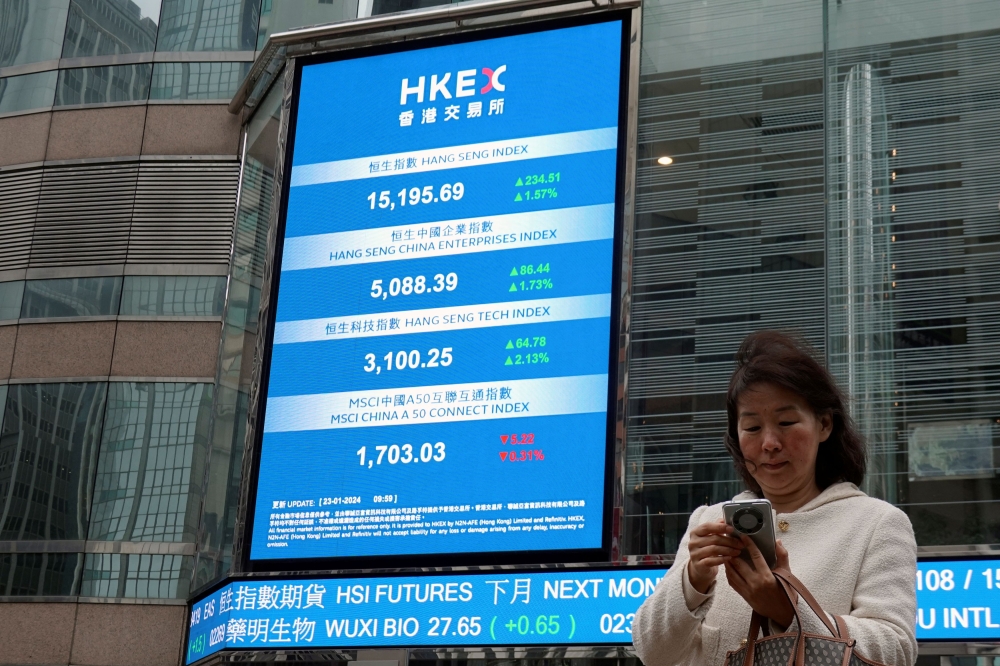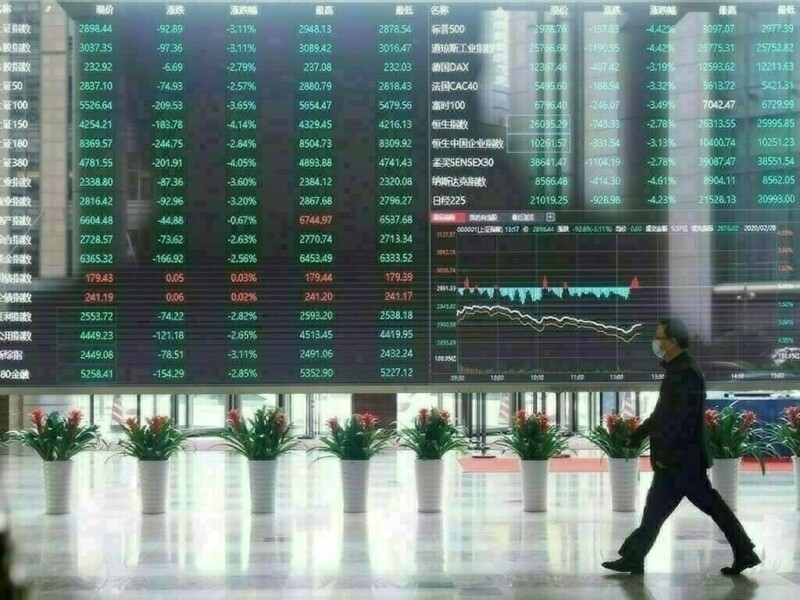Table of Contents
Beijing, July 3, 2025 – In a move to revitalize the chinese economy, E-commerce giant Alibaba, through its popular Taobao platform, is rolling out massive totaling $7 Billion. This initiative aims to directly stimulate consumer spending and provide relief to merchants amidst ongoing economic headwinds in the region. The proclamation, made Wednesday, signals a meaningful effort to combat deflationary pressures and encourage consumer activity.
Taobao,the Alibaba-owned e-commerce platform launched in 2003,declared via WeChat that 50 Billion Yuan (approximately $6.97 Billion) would be allocated to “directly subsidize consumers and merchants” over the next year. This aspiring plan commenced Wednesday and focuses on incentivizing spending through various channels.
These incentives on Taobao’s “flash purchase” feature will include “red envelopes”-a digital adaptation of traditional cash gifts-product discounts, reduced delivery fees, and lower commission rates. The Goal is to provide consumers with more attractive offers and a smoother shopping experience, ultimately boosting overall consumption.
taobao stated these Alibaba subsidies will “provide consumers with preferential and convenient services and experiences, further stimulating consumption vitality.”
The Chinese Economy is currently grappling with several challenges. Beijing is actively working to prevent deflation, which poses a threat to economic growth. A prolonged crisis in the property sector, compounded by a trade war with the United States, has heightened concerns among Chinese households, making them wary of significant purchases.
These factors have led authorities to implement multiple policy adjustments to reassure the public and stimulate economic activity.
Chinese authorities have introduced a range of proactive measures to address economic worries. These include significant interest rate cuts and trade-in programs for consumer goods, all aimed at increasing spending. The results, however, have been mixed.
Retail sales in May showed the highest year-on-year growth since December 2023,according to official data. Though, commercial property prices in 70 major cities have declined as april, indicating ongoing challenges.
President Xi Jinping emphasized the need to “advance the building of a unified national market” during a recent high-level economic policy meeting, according to Xinhua news agency. Leaders also stressed the importance of managing “low-price disorderly competition” among businesses.
Zhiwei Zhang, President and Chief Economist at Pinpoint Asset Management, noted that the government is addressing these challenges from the supply side, with the primary focus on preventing excessive competition.
The following table compares the key aspects of Alibaba subsidies with other government measures:
| Initiative | Objective | Implementation | Expected Outcome |
|---|---|---|---|
| Alibaba subsidies | Stimulate consumer spending directly | “Red Envelopes”, discounts, reduced fees | Increased retail activity and merchant relief |
| Interest rate Cuts | Lower borrowing costs to encourage investment | Central bank adjustments | Increased investment and spending |
| trade-In Programs | Incentivize upgrading consumer goods | Government-backed incentives | Boost manufacturing and sales |
pro Tip: Keep an eye on Taobao’s flash purchase section to take advantage of the discounts and “red envelope” offers as they become available. This could be an excellent opportunity to save on planned purchases.
China’s e-commerce sector is one of the most dynamic globally. Stay informed on emerging trends, regulatory changes, and innovative strategies shaping online retail.
E-commerce platforms in China are increasingly integrating artificial intelligence (AI) to enhance user experience and personalize shopping. These platforms are also focusing on sustainability,promoting eco-pleasant products,and reducing packaging waste.
What are your thoughts on Alibaba’s strategy? Share your comments below!










